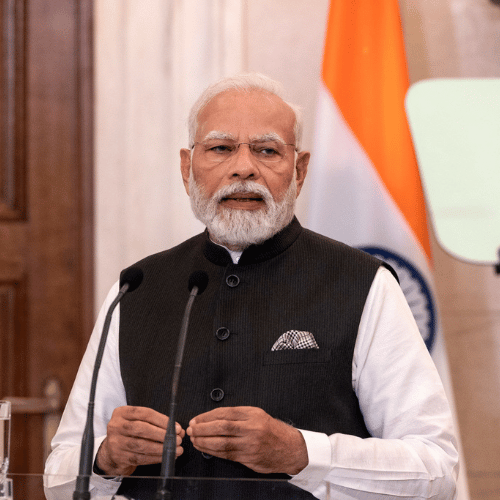Earth Sciences Minister Kiren Rijiju launched India’s first-ever winter scientific mission to the Arctic area on Monday, to maintain a year-round presence at the Himadri research station in Svalbard, Norway.
On Tuesday, a team of four scientists will go to India’s research station in the NyAlesud town on the Brogger peninsula, where labs from ten nations are housed.
Ny-Alesund, located at 79 degrees north latitude in the northwestern part of Spitsbergen, Svalbard, is the world’s northernmost village.
“In this maiden winter expedition, our scientists are poised to unravel further mysteries and push the boundaries of scientific knowledge about our ‘Climate & Planet’,” Rijiju said in a statement.
The event was attended by Earth Sciences Secretary M Ravichandran, National Centre for Polar Ocean Research Director Thamban Meloth, and India Meteorological Department Director General Mrutyunjay Mohapatra, among others.
“As we venture into uncharted territory, India assumes a global role in Arctic exploration, contributing to the scientific community at large,” Rijiju went on to say.
He called the mission “historic” and said it was of enormous importance since it was the first time India traversed the Arctic’s important effect on global climate, sea levels, and biodiversity.
“This is the first Arctic winter expedition.” The scientists will remain at the NyAlesund research station for 30 to 45 days before being replaced by another team, according to a senior official.
He said that India would now have a year-long presence in the Arctic research outpost, as it does in the Antarctic at the South Pole.
In 2007, India initiated its Arctic research program, with an emphasis on climate change in the area, to explore the links between Arctic climate and the Indian monsoon.
Last year, the government revealed the Arctic Policy, which included plans for new research stations and satellite ground stations in the area.
The Arctic is the planet’s most northern area. Most scientists define the Arctic as the region north of the Arctic Circle, which is about 66.5° north of the Equator. The Arctic Ocean basin and the northern sections of Scandinavia, Russia, Canada, Greenland, and the United States state of Alaska are all included in this circle. The Arctic is almost completely covered by water, much of it frozen. Glaciers and icebergs are examples of frozen freshwater phenomena.
In reality, the Arctic glaciers and icebergs provide for over 20% of the world’s freshwater supply. The majority of the Arctic, on the other hand, is the liquid salt water of the Arctic Ocean basin. Some areas of the ocean’s surface stay frozen for the whole year. This frozen saltwater is referred to as sea ice.















